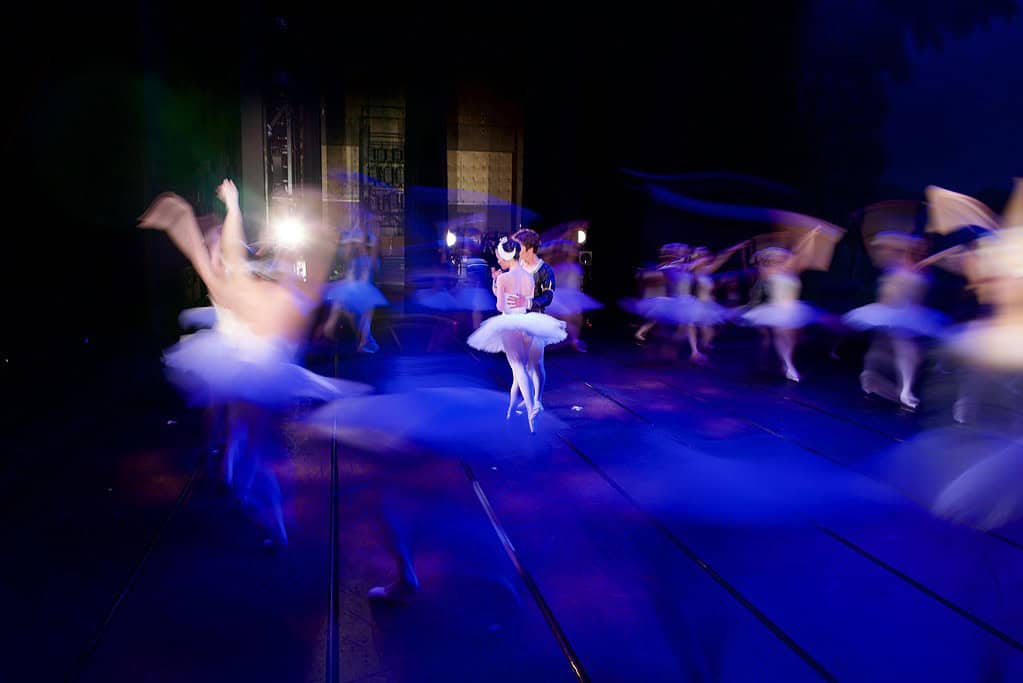5 Easy Ways to Learn and Memorise Ballet Choreography
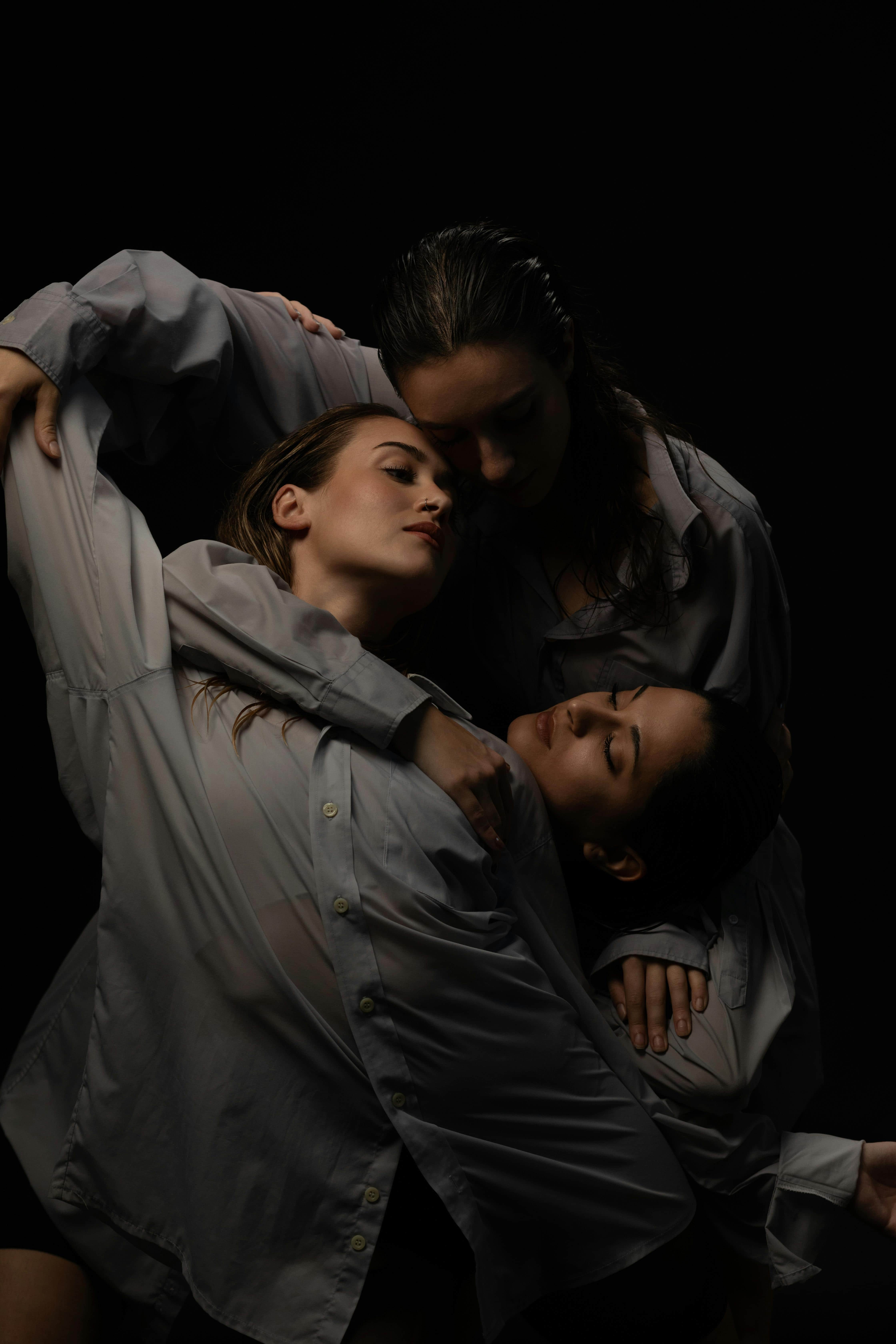
Learning and memorising ballet choreography can be challenging.
Especially when it’s:
However, being able to pick up choreography quickly is a valuable skill for dancers, especially when auditioning or working with choreographers and directors.
The more you practise memorising and internalising choreography, the better you’ll get.
In this blog post, I’ll step through 5 quick and easy ways to learn and memorise ballet choreography.
WHAT IS BALLET CHOREOGRAPHY?
Ballet choreography is a structured sequence of movements, often grounded in classical technique, crafted to form a complete dance that conveys a story, emotion, or theme.
It merges technical steps, artistic expression, and precise timing, all set to music, to create a cohesive, visually compelling piece that showcases ballet’s discipline and artistry.
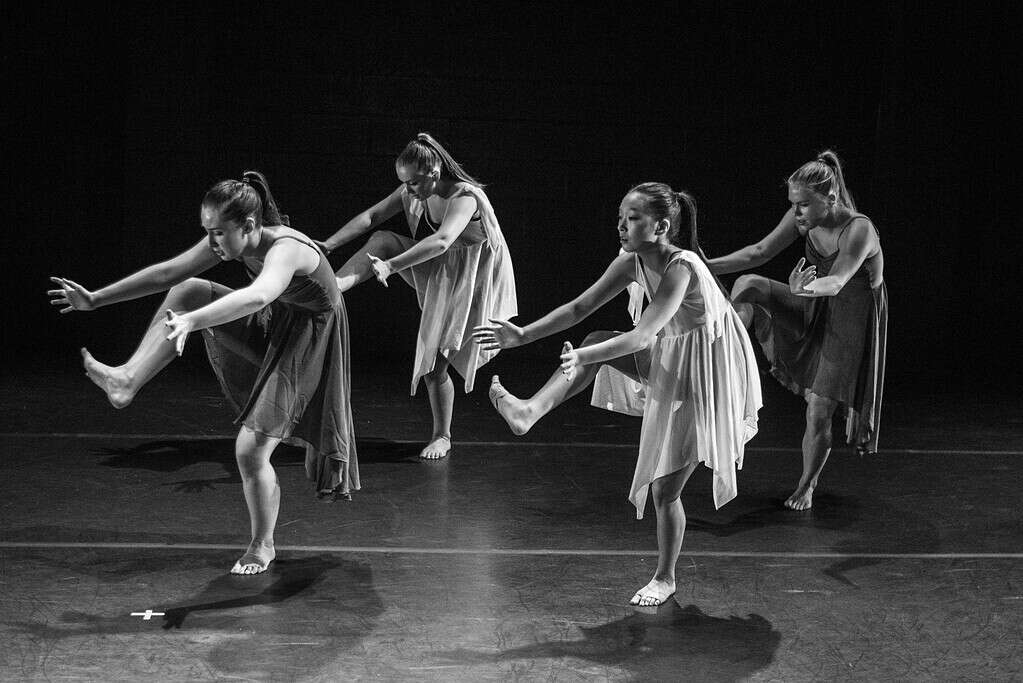
THE IMPORTANCE OF PICKING UP CHOREOGRAPHY QUICKLY
The ability to quickly learn choreography is a valuable skill for dancers.
It highlights:
In my experience, directors and choreographers appreciate dancers who can efficiently absorb and refine movements quickly.
This is especially true during rehearsals, auditions, and performances where choreography might change at any moment.
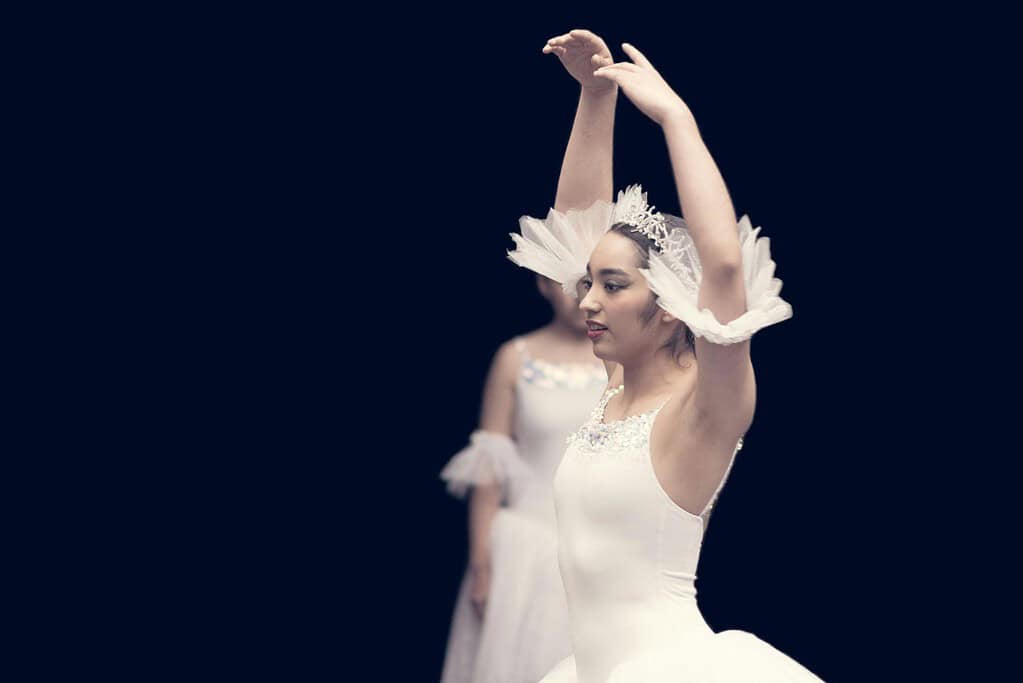
5 EASY WAYS TO LEARN AND MEMORISE BALLET CHOREOGRAPHY
The 5 best ways to learn and memorise ballet choreography are:
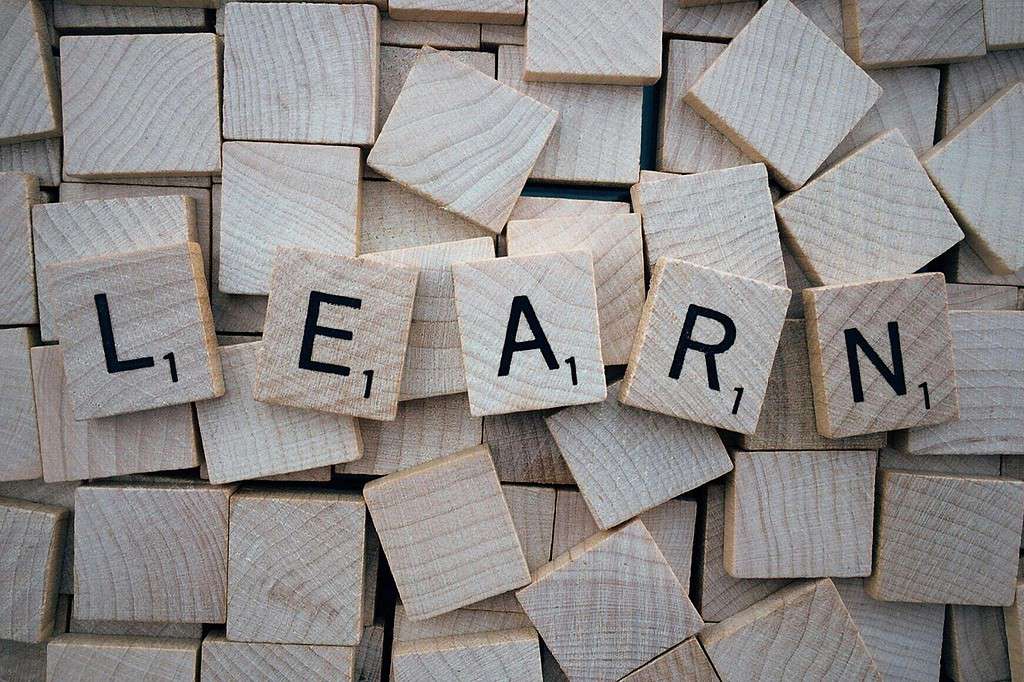
#1 BREAK DOWN COMPLEX MOVEMENTS
The simplest way to learn choreography is to break it down into small, manageable parts rather than trying to tackle the entire piece at once.
Focus on one section at a time, making sure you fully understand and embody the movements before moving on to the next.
#2 USE VISUALISATION
Whether you’re in the studio, taking a break, or even at home, take a quiet moment to close your eyes and visualise the choreography.
The mind is a powerful tool, and by simply imagining the steps, you can reinforce the movements and help improve your memory.
Personally, I liked to do this before bed, and I found that in the morning, it really helped solidify the choreography in my mind.
#3 REPETITION
Repetition is key, and while it may seem like a long process, it significantly improves muscle memory (both your body and mind).
The more you practise and repeat, the quicker you’ll absorb the material.
Going over the steps in my own time and space (away from any pressure or people) can really help internalise the movements.
For classical repertoire, I found it easy to pick up choreography, but when it came to contemporary, I always felt the need to do more practice!
#4 OBSERVATION
By carefully watching and observing the choreographer or ballet master, you can capture the details and nuances right from the start.
If you’re preparing for a piece that your company or school has performed previously, ask for a recording to review at home or in the studio.

This will allow you to familiarise yourself with the choreography before rehearsals begin, giving you an early edge and confidence boost.
Watching the movements beforehand helps reinforce memory, making it easier to recall and refine as you start learning the piece in depth.
When I first joined a company, I always asked for recordings of the performances in our repertoire.
This allowed me to watch and learn the choreography in the studio before rehearsals began, as there isn’t a lot of time during company rehearsals to go over the steps slowly (especially with older repertoire).
Sometimes you have to take matters into your own hands and learn as quickly as possible.
#5 CUE ASSOCIATION
Cue association can be a game changer.
This involves linking specific movements to distinct cues like musical beats, spatial positions, or movement patterns.
In doing so, you’re creating mental anchors throughout the choreography.
This approach allows your brain to recall sequences more smoothly, as each cue prompts the next part of the movement.
As a result, you build a structured flow, making it easier to learn and remember choreography.
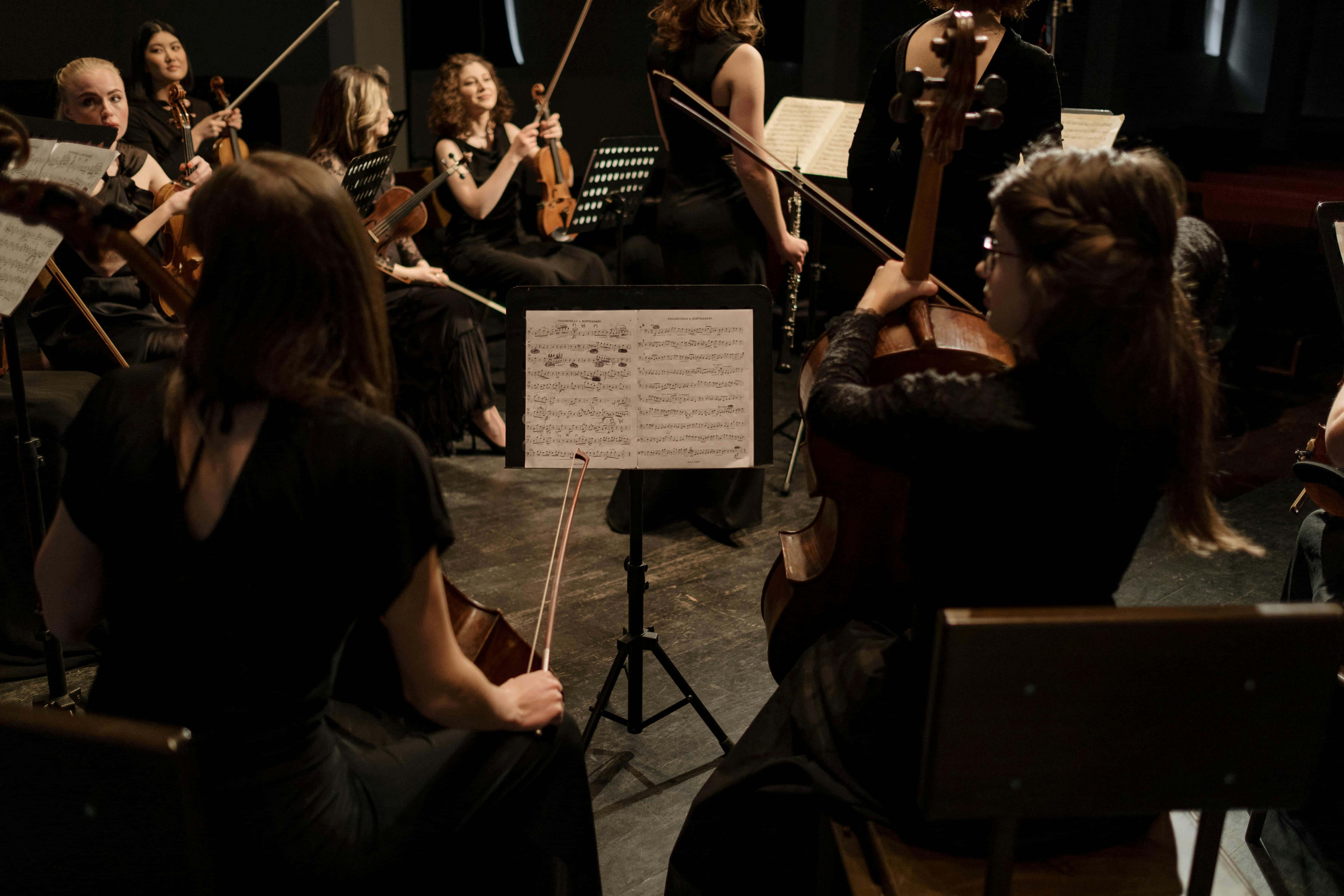
LEARN AND MEMORISE BALLET CHOREOGRAPHY FAQs
HOW DO BALLET DANCERS REMEMBER CHOREOGRAPHY?
Dancers learn choreography in a variety of different ways, like practice, repetition, visualisation and cue association. But what comes naturally to one dancer might require a different approach for another.
Ultimately, finding the strategies that work best for you can help improve your ability to pick up and retain choreography confidently.
WHAT IS THE FASTEST WAY TO MEMORISE CHOREOGRAPHY?
Again, each dancer has their own unique approach, and there really isn’t a one-size-fits-all method for learning choreography.
The “fastest” way is simply the one that helps you feel most confident, prepared, and connected to the choreography.
SHOULD YOU LEARN BALLET CHOREOGRAPHY WITH MUSIC?
Learning choreography with music can be both helpful and challenging.
For some dancers, using the music right from the start helps anchor the movements and enhances memory, as the musical cues provide a natural framework for the choreography.
Others, however, find it beneficial to refine the steps independently first, focusing on clarity and technique before adding music.
This way, they can concentrate on perfecting each movement without the added layer of timing and musicality until they feel confident with the choreography itself.
WRAP UP
Mastering the ability to remember and learn ballet choreography is an essential skill for any dancer.
This skill not only makes you a more adaptable and versatile dancer but also opens up opportunities for auditions, performances, and collaborations.
Remember, the more you practise these techniques, the more natural and instinctive the learning process will become, making dance a more enjoyable and fulfilling experience.
With dedication and practice, you’ll find that each new piece becomes easier to learn and perform.
